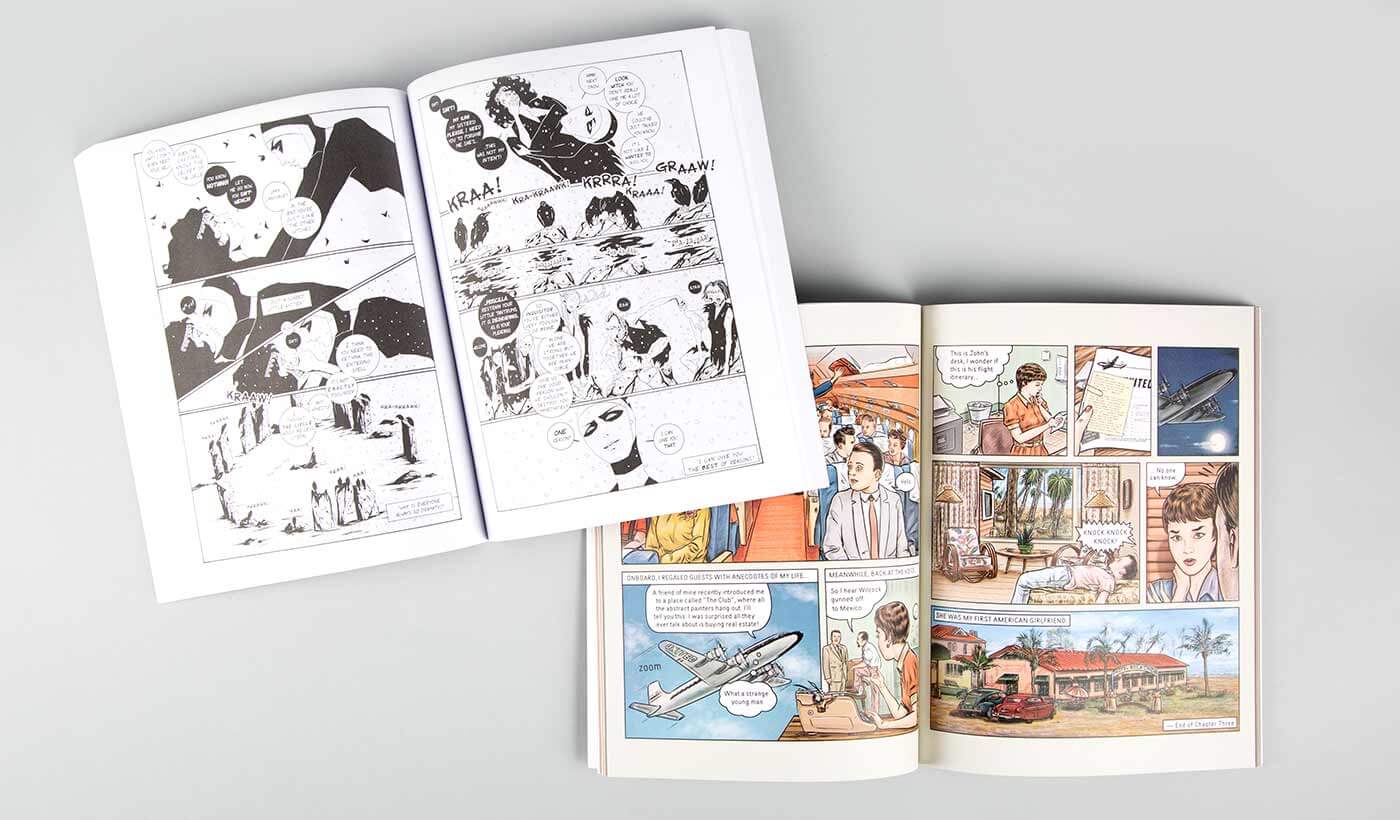Why to print your webcomic: part one
Webcomics. They’re kind of a big thing.
After all, they’re an inexpensive way for creators to get their work out there. But for many comic book aficionados, a comic book or graphic novel is still best consumed as a book you can hold and touch. Maybe that’s why, at Blurb, we see more and more webcomics make the jump from screen to paper.
“To be honest, holding the book in our hands feels kind of surreal,” wrote Silver Saaremaeel and Kaija Rudkiewicz, co-creators of the gothic fantasy Run Freak Run. “After so many years of it only existing on the Internet, it is strange to experience it as a beautifully bound, large book.”
“To be honest, holding the book in our hands feels kind of surreal,” wrote Silver Saaremaeel and Kaija Rudkiewicz
And beautiful it is. The illustrations are stark and angular, rendered in crisp black-and-white. Even though it was originally distributed digitally, Rudkiewicz still does the art the old-fashioned way: pen and ink.
Ethan Persoff, co-creator of John Wilcock: The New York Years, a biographical webcomic that is released on BoingBoing, lists a number of advantages for print. What sticks out to me is this: “And, of course, there’s the old adage: ‘it’s not final ‘til it’s vinyl,’” he says, making a music business analogy. “I think the same can be said for comics. You can post them online for decades, but it won’t feel permanent and real until you make a printed book or something physically tangible.”
It’s especially fitting that John Wilcock should also be a print publication. After all, the real-life eponymous Wilcock was a pioneer of the indie press in America, co-creating The Village Voice and Andy Warhol’s Interview magazine. The graphic novel has the distinct feel of an underground comic from the 60s.
Print has another advantage: For Nicolas Lajeunesse, illustrator of the zombie-apocalypse epic The Evil Dud, it’s a way to pitch their book in a tangible way.
“The main reason we decided to do it was to send a really sharp copy of our work to major comic book publishers.”
“The main reason we decided to do it was to send a really sharp copy of our work to major comic book publishers. The magazine quality and the very low price from Blurb made it the perfect option for us.”

Print also offers webcomic creators another possible route for monetization. Utilizing a fairly inexpensive format, superfans can buy a book and support future comics—both print and web.
Because comic book fans are also collectors.
Let’s face it, a collection of PDFs just isn’t as good as a shelf full of books. There is also the letdown or mess of having to get an iPad signed at Comic-Con. No thanks.
Learn how to make the jump from webcomic to print in part two of our series.


This post doesn't have any comment. Be the first one!